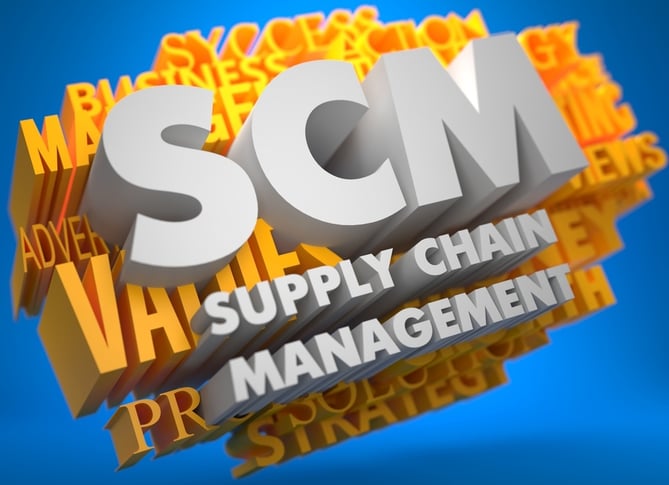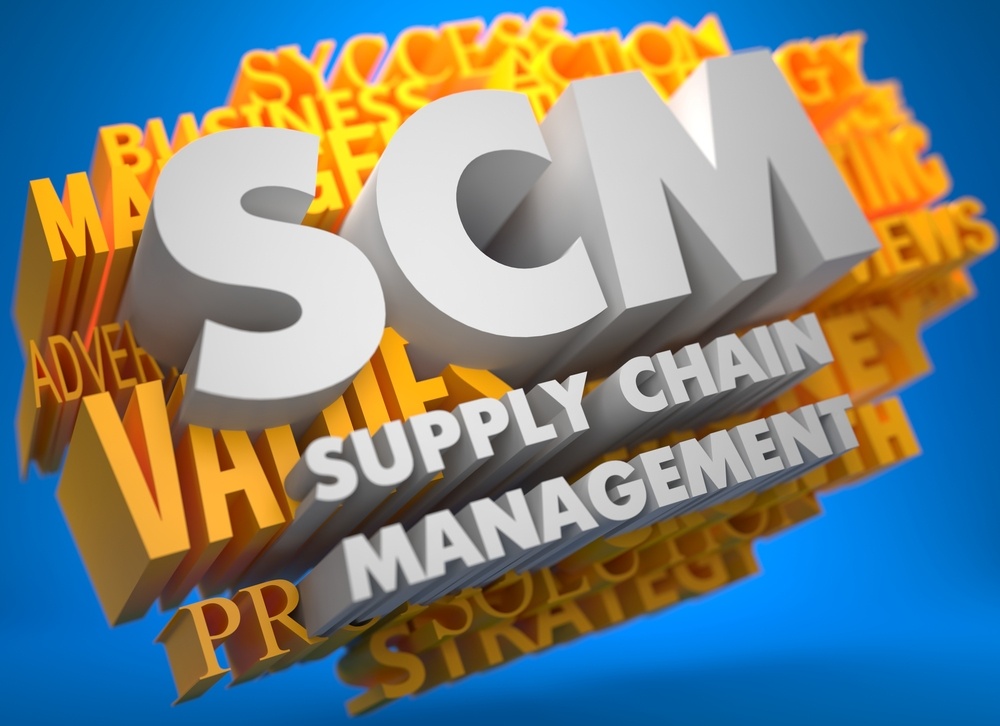How to Improve Inventory Accuracy in a Warehouse
If you run a warehouse, you are, no doubt, worried about inventory accuracy. If you run more than one warehouse, you probably have a few grey hairs from trying to fix Inventory Problems. What about if you form part of a global Supply Chain, that may stretch from a factory in China to a distribution center in Seymour, Indiana?

Supply Chain Inventory Management
Before we jump into how to improve your Supply Chain Inventory Accuracy, we'll first need to define what we mean by Supply Chain Inventory Management.
Supply Chain Inventory Management is the process of managing and tracking inventory throughout the entire supply chain, from the factory to the end consumer.
Supply Chain Visibility
This includes monitoring inventory levels, replenishing stock, and ensuring accuracy of inventory data. With a complex supply chain spanning many countries and multiple touchpoints, maintaining inventory accuracy can be a challenge.
Inventory Accuracy and Confidence Intervals
If you're currently running a warehouse with an inventory accuracy of 95%, with a confidence interval of 95%, you might find what you need on the shelf, most of the time.
But if you are running these same numbers, all the way back to the factory in China, that probably means the following:
- You have a Multi-Modal shipping system, and if you’re lucky, the inventory was only touched once, at the factory gate, when it shipped in from China.
5% chance of misplacement. - The U.S. Gov. may have only opened it once when it crossed the border, maybe not.
5% chance they won’t find it because your records are wrong. - On average, it will have been en-route merged at least 2 times.
5% percent chance it gets mis-routed at either location. - Besides the distribution center, it will still have to get to a warehouse location, i.e., Store Retail location.
5% chance it won’t get to its proper storage location. - If it is defective, it may have to have reverse logistics performed on it, all the way back to the factory in China.
5% chance it won’t find it to the right spot in your store.
5% chance it will get lost at any point in the reverse logistics chain about to get executed.
What should you take from this. Without getting too deep in the math, the probability that any particular item will not be where it is supposed to be is actually very high.
Supply Chains Can Be Very Complex
Unless you’re a 100% vertically integrated operation, you probably don’t have the clearest picture of your true inventory status because you don't know how to calculate inventory accuracy or don't have agreement on what inventory accuracy actually means among your various stakeholders.
Need for an Inventory Management System
In today's global marketplace, managing inventory accuracy throughout the supply chain is more critical than ever before. With multi-modal shipping systems and various touchpoints, maintaining inventory accuracy can be a daunting task. Therefore, it's essential to have a real-time inventory management system to reduce uncertainty throughout the supply chain. This system can help track raw materials and finished goods inventory levels, replenish stock, and ensure the accuracy of inventory data.
Without a clear picture of your inventory status, the probability that any particular item will not be where it is supposed to be is actually very high. Therefore, it's crucial to implement inventory management best practices, including continuous cycle counting and exchanging information with your suppliers at all points in the supply chain to ensure inventory accuracy. By doing so, you can reduce uncertainty and improve your supply chain's efficiency, ultimately leading to greater profitability.
Dealing with Supply Chain Disruptions
Successful supply chain management practitioners rely on supply chain visibility to deal with supply chain disruptions caused by unexpected events, such as the container ship blocking the Suez Canal during the COVID-19 lockdown. With a complex supply chain that spans across multiple touchpoints and countries, maintaining inventory accuracy can be a daunting task.
By utilizing real-time inventory management systems and establishing communication with suppliers at every point in the supply chain, practitioners can decrease uncertainty and enhance efficiency. Furthermore, they can leverage analytical systems such as SAP BW to gain a comprehensive understanding of inventory status and develop data-driven decisions. Ultimately, effective supply chain visibility empowers practitioners to manage disruptions and maintain operational continuity, leading to increased profitability.
Enhanced Demand Forecasting
An inventory management system can simplify the process of ordering, storing and using inventory by automating end-to-end production, business management, demand forecasting and accounting.
Better MRP II Planning Results
MRP II (Manufacturing Resource Planning) is a software-based system used to manage and track materials, production, and inventory levels. It is an essential tool for manufacturers to plan and schedule production, manage inventory levels, and optimize resource utilization. One of the critical factors in MRP II forecasting accuracy is inventory accuracy.
By improving supply chain inventory accuracy, manufacturers can improve their MRP II forecasting results, leading to better production planning, reduced inventory costs, and increased customer satisfaction. Managing inventory accuracy in a multi-country, multi-touchpoint supply chain can be a daunting task. To ensure precision, it is crucial to implement best practices such as continuous cycle counting and exchanging information with suppliers at all stages of the supply chain. By doing so, you can reduce uncertainty and improve supply chain efficiency, ultimately leading to greater profitability.By doing so, manufacturers can enhance their MRP II planning results and ultimately increase profitability.
MRP II Planning Strategies
To ensure that you are capturing customer demand effectively, it's essential to have a reliable MRP II planning strategy. MRP II, or Manufacturing Resource Planning, is a software-based system used to manage and track materials, production, and inventory levels. It can help manufacturers plan and schedule production, manage inventory levels, and optimize resource utilization.
However, if you are experiencing frequent forecasted shortages, it may be time to revisit your SAP MRP II Planning Strategies. If you want to capture customer demand effectively and maintain operational continuity, it's time to re-evaluate your MRP II planning strategies and implement inventory accuracy best practices.
Capturing Customer Demand
Proper inventory control and visibility into your actual and planned supply chain inventory status are crucial to capturing customer demand. With a complex supply chain that spans across countries and multiple touchpoints, maintaining inventory accuracy can be a daunting task. Without a clear picture of your inventory status, the probability that any particular item will not be where it is supposed to be is actually very high.
This is why it's essential to have a real-time inventory management system that can help track raw materials and finished goods inventory levels, replenish stock, and ensure the accuracy of inventory data. By implementing inventory management best practices, including continuous cycle counting and exchanging information with your suppliers at all points in the supply chain, you can reduce uncertainty and improve your supply chain's efficiency, ultimately leading to greater profitability. This, in turn, will help you meet customer demand and maintain operational continuity, even in the face of unexpected disruptions.
Inventory Accuracy Best Practices
Besides implementing inventory management Best Practices, including continuous cycle counting, I would recommend that you work toward exchanging information with your suppliers, at all points in your supply chain and getting it into your analytics system, i.e., SAP BW. No doubt, you are not doing it now, the government isn’t very sharing, and some suppliers trust you more than others, but it can be done.
Request SAP BW Consulting
Get SAP BW Consulting Support for inventory analytics issues. Just click the button.
How Complicated is your Supply Chain?
Thanks



